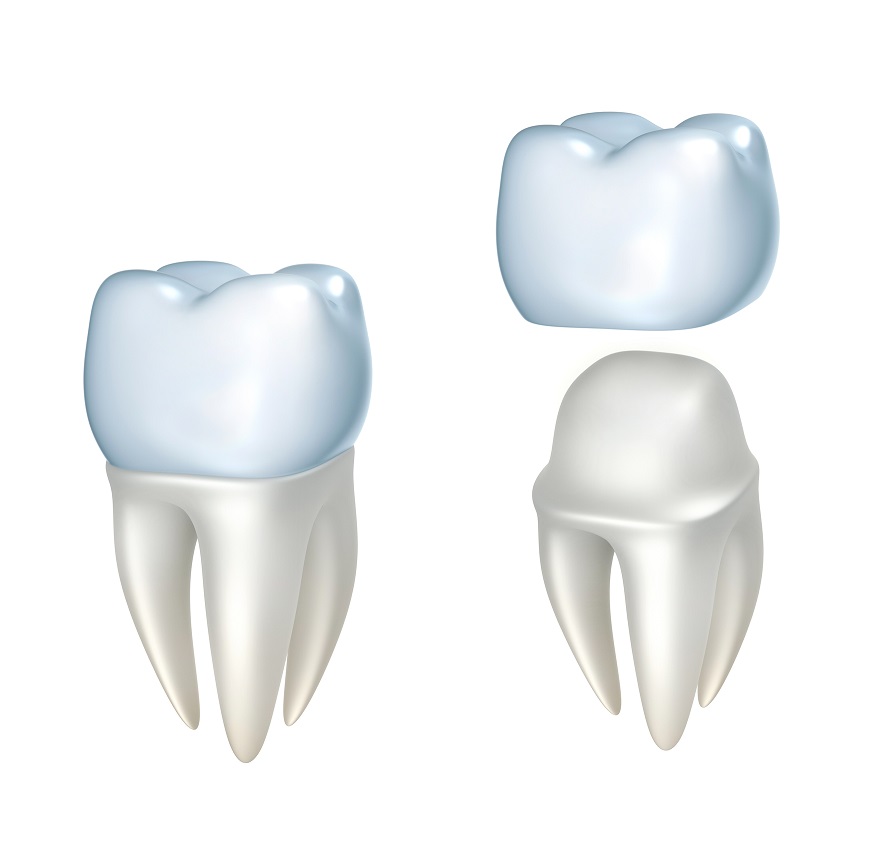
Wearing a Crown
A crown, sometimes called a cap, is a tooth-shaped restoration that fits over an existing tooth or an artificial tooth root, called an implant. It can be used in several situations:
- To cover a misshaped, damaged, or discolored tooth
- To provide a hard outer shield to a tooth that is weakened because of a large filling or dental treatment, like a root canal
- When mounted on a dental implant, to fill a space left by a missing tooth
- On either side of an artificial tooth to support a bridge
CHOOSING THE RIGHT MATERIAL
A crown can be made to look like the tooth it is replacing. Often, a crown is made with a tooth-colored material that matches your teeth. Tooth-colored crowns can be made out of ceramic, porcelain, or composite resin. In some cases, a metal crown will be placed. Metal crowns can be made with gold or silver-colored material, like stainless steel or nickel. You and your dentist can talk about the type of material that will be best for your crown. Some factors you might consider include:
- the location of the crown and how much of it will show when you smile
- the function of the crown, for example, whether it will be in the back where there is a lot of pressure during chewing
- the color and appearance of the surrounding teeth
- the cost
You may also talk about insurance coverage with your dentist. Some of these materials are more expensive than others.
PLACING A CROWN
Some crowns, like those made of stainless steel, are already tooth shaped and can be placed in 1 appointment. Others, like those made of composite resin, require 2 or more appointments to complete treatment. For example, when the crown is being placed over a natural tooth, your dentist will need to prepare the tooth that is serving as the base. That tooth may need to have some structure removed, or it may need to be built up with dental materials so that the crown will fit snugly and in line with the surrounding teeth.
Once the tooth is prepared for the crown, your dentist will likely make an impression. Most often, the dentist will use a mouth shaped tray full of a thick liquid that quickly turns to a rubbery solid. He or she will place the tray in your mouth to get an impression of the space where the crown will fit. Once the impression has been made, it is filled with a plaster material that makes a model for a dental laboratory to fit with a crown.
It may take as long as 2 weeks to make the permanent crown using an impression. To protect your mouth during that time, your dentist may make a temporary crown. This crown can protect the tooth preparation and the space intended to be filled with the crown. Because it may not fit as well as the final crown, the natural tooth underneath may be sensitive to heat and cold. Avoid chewing gum and sticky foods while you have the temporary crown to help it stay in place. Talk to your dentist about how to care for your teeth when your temporary crown or crown mounted to an implant is in place.
Leave a reply →